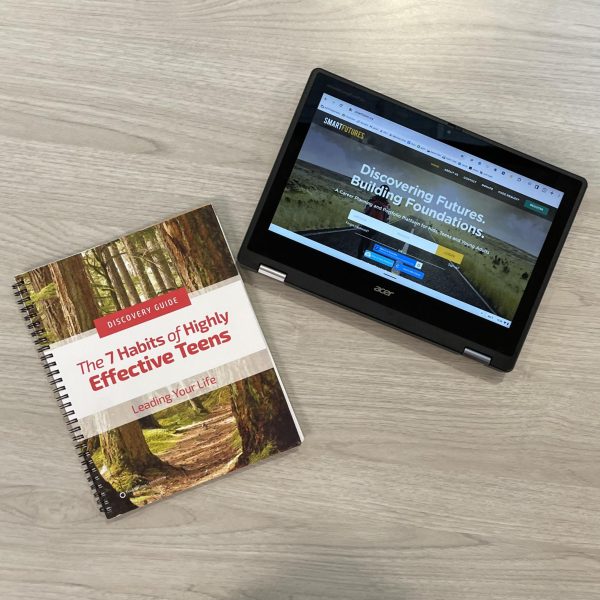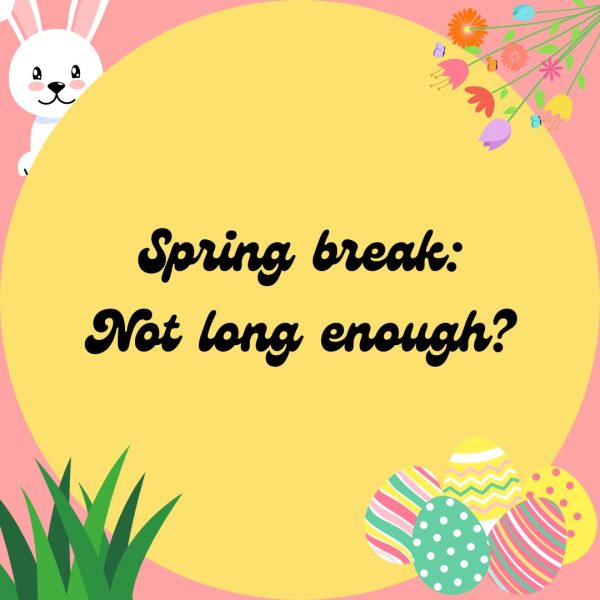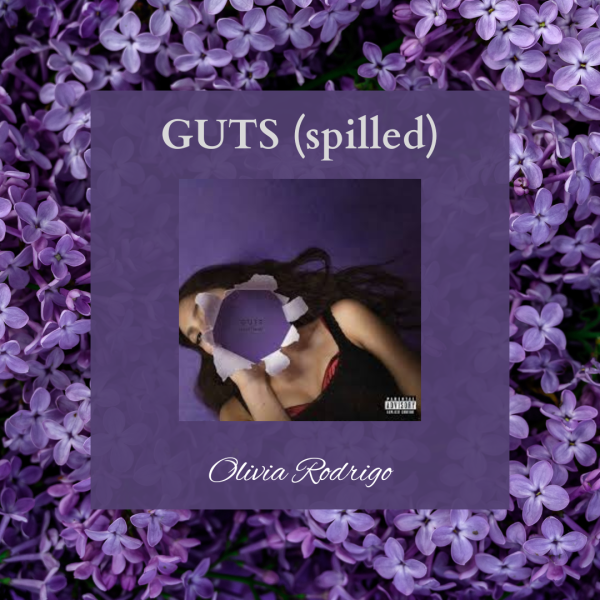Everything to know about reading classics
The importance of reading classics. Classic literature once held enjoyment for people hundreds of years ago. Now, in the 21 century it still holds just as much for the people who choose to read it.
When most people hear the words “classic literature,” they run away in terror.
Classic literature is widely respected by all readers. With that being said, classics are terrifying. However, they don’t have to be.
I adore classic novels. Some of my all time favorite books are classics. But, I also fear starting new ones because I feel I won’t be able to understand what I am reading.
Length plays a role in why many are frightened to read classic literature. Let’s face it: classic books can be really long. “War and Peace” is 1,225 pages, “Jane Eyre” is 536 pages and “Little Women” is 528 pages.
Not only are classics lengthy, but they are from a different time. The language and the way the characters talk is not the way people talk today.
Classics have the disadvantage of being taught in schools. It is important they are being taught, but it gives them a bad reputation. Classics are meant to be enjoyed just like contemporary literature, but due to them being taught in school, they are often considered to only be for “smart people” and educational purposes. That isn’t the case.
At one point in time, classics were considered contemporary literature. They were modern for their time. Years from now, “The Land of Stories” book series will be considered a classic, but right now they are contemporary. It is important to remember classics were modern at one point too.
Some classics are long, but not really challenging to get through. “The Sign of the Four” is only 156 pages. My advice as a classics reader is to start with the shorter classics. Some of the best short classics I have read that were under 300 pages are: “The Short Stories of Sherlock Holmes”, “Of Mice and Men” and “A Christmas Carol.”
Believe it or not, not all classics are difficult to read. Some are easy to comprehend, even if they are long. Some of the most well known classics are easy to understand even if others say they are not. Some examples would be: “Anne of Green Gables”, “Pride and Prejudice” and “The Outsiders.”
I have been asked many times for tips on how to read classics, and I feel I’m now in a place with my reading that I am finally able to answer this question.
The number one tip that I have is to take it in chunks. Don’t try to read the entirety of “Anna Karenina” in two days. Even Tolstoy himself couldn’t do that. Instead, try splitting the story into increments. Set the goal to read five chapters a day, or to read 20 pages a day. Make it a goal that works for you, not other people. When it comes down to it, the reader needs to make the experience as enjoyable as possible.
Listen to music while reading, but don’t listen to music with words. That can be distracting and take readers out of the story. When I am reading classic novels, I always enjoy listening to ambient music. It makes the experience much more enjoyable, especially when it connects to the story. Some of my favorite ambiance playlists are “Anastasia: Music and Ethereal Ambiance”, “ a jane eyre playlist | jane is fleeing from mr. rochester during a storm” and “You’re wandering at the Paris Opera house when a ghost appears.” It adds so much to the story and makes time fly.
Watch the movie before reading the book. I know, readers sin, but classics are a little bit different. Classics can sometimes be hard to understand,and they don’t offer visuals. Watching the movie before reading the novel can be a huge help. When I read “Pride and Prejudice” in 2021, I only read a little bit of the story before I watched the movie. Now, both the book and movie are very dear to my heart. It gives readers a chance to discover and understand the story. Plus, it is impossible to go wrong with a movie about Victorian drama. It doesn’t get much better than that.
My last major piece of advice is to read what feels comfortable. Maybe it works best to start with a childrens’ classic like “A little Princess” or “Peter Pan” that is okay. Or, maybe, jump in with some Jane Austen and read “ Sense and Sensibility” . Go for it. When it comes to classics, if one doesn’t suit a fancy, it doesn’t mean others can’t. Classic literature isn’t always easy to understand. The way I look at it is that all books were modern at one point. A hundred years from now books like: “ It Ends With Us” and “Daisy Jones and the Six” will be classics in their own right. A hundred years from now, people might find our way of writing and talking hard to understand. But that is the beauty of classics. Readers get to see what the world was like ages ago. Everyone has a story to tell, and readers of classics are just lucky enough to see what stories writers had to tell centuries ago. Readers a century from now will get to see what the world was like long after our generation has died off.
Every person in the world has a story. Anyone can be the author of their story. Take advantage of that. Who knows, maybe years from now, it will become a staple in literature.
Final classic recommendations
“ Jane Eyre” by Charlotte Bronte
“The Phantom of the Opera” by Gaston Leroux
“ Pride and Prejudice” by Jane Austen
“ The complete Sherlock Holmes” by Sir Arthur Conan Doyle
“ Anne of Green Gables” Lucy Maud Mongomery
“ The Pearl” by John Steinbeck
“ Of Mice and Men” by John Steinbeck
“ Sense and Sensibility” by Jane Austen.
“ A Christmas Carol” Charles Dickens
“ Grimms’ Fairy Tales” by The Brothers Grimm.
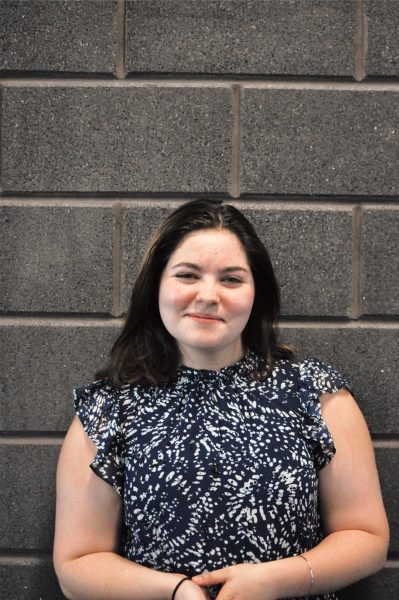
My name is Madison Aboud and I am a sophomore at AAHS. This is my second year on Mountain Echo staff and my first year as an Associate Editor. In Jr. high,...


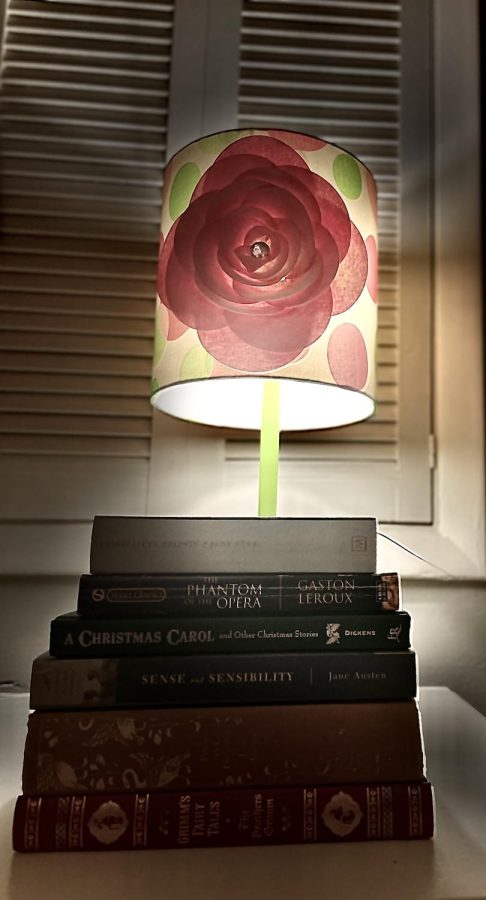
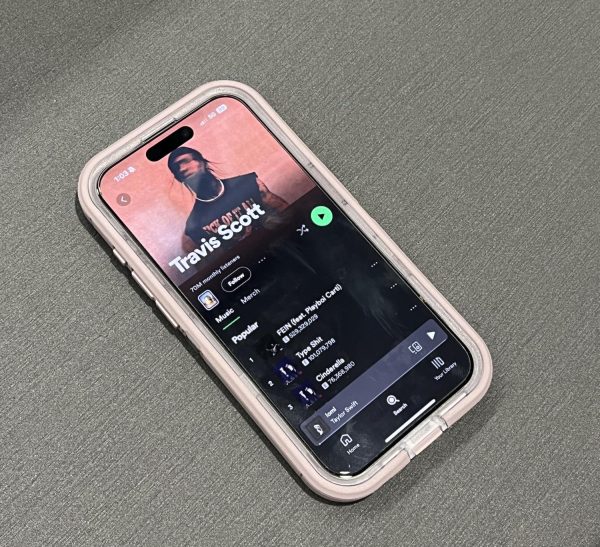
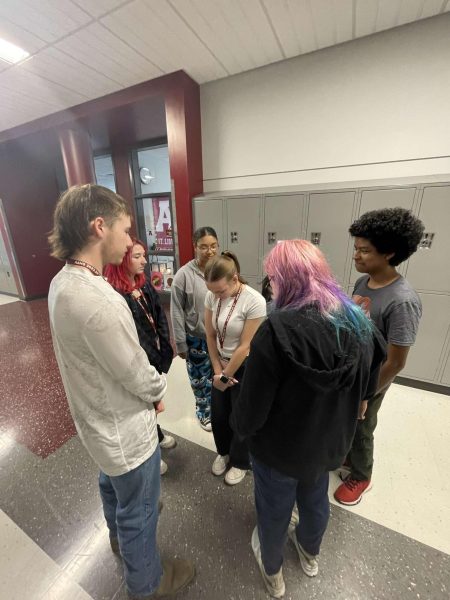


![The release of Lisa Frankenstein on February 9, 2024, has made it the best movie of the year so far. [Made with Canva]](https://aahsmountainecho.com/wp-content/uploads/2024/04/LisaFrankenstein-cover-1-450x600.jpg)
![Rivals. Spotify and Apple Music are the most even on the streaming-service playing field. Spotify was officially launched in 2008, and Apple Music in 2015. [Made with Canva]](https://aahsmountainecho.com/wp-content/uploads/2024/04/Spotify-vs-Apple-music-600x600.png)
![Lets go Bucs! The Pirates 2024 season started on March 28 with a game against the Marlins. [Made with Canva]](https://aahsmountainecho.com/wp-content/uploads/2024/04/Pirates-season-underway-600x600.jpg)
